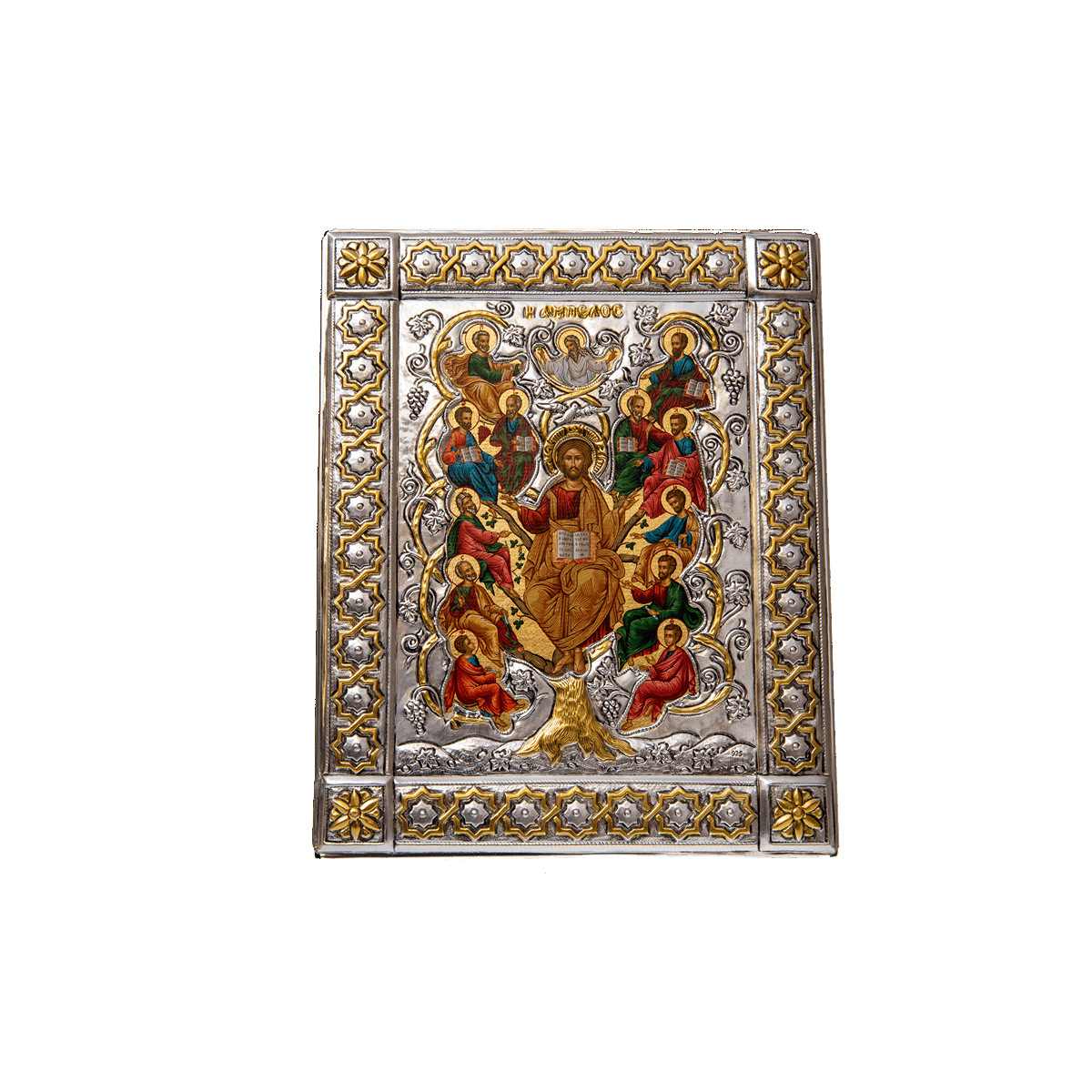The Tree of Life icon is a potent and versatile symbol that appears across various cultures and contexts, representing a wide array of concepts related to growth, interconnectedness, and eternal life. This emblematic icon has been a central motif in art, religion, and philosophy for centuries, resonating with its deep and universal meanings.
At its core, the Tree of Life symbolizes the interconnectedness of all life forms. Its intricate network of branches and roots represents the interdependence of the natural world. In many traditions, this icon illustrates how all living things are part of a larger, cohesive system. The branches extend into the heavens, suggesting a connection to the divine or the spiritual realm, while the roots anchor deep into the earth, signifying stability and grounding. This duality highlights the idea that every part of the universe is linked, from the cosmic to the terrestrial.
In religious contexts, the Tree of Life is a symbol of divine creation and eternal life. In Christianity, for instance, it appears in the Garden of Eden narrative in the Book of Genesis, where it represents the source of eternal life and spiritual nourishment. Similarly, in Norse mythology, Yggdrasil, the World Tree, connects the nine worlds and serves as a cosmic axis around which the universe revolves. This tree embodies the concept of life’s continuity and the cyclic nature of existence.
The Tree of Life icon also carries significant meaning in other spiritual traditions. In Kabbalah, a mystical branch of Judaism, the Tree of Life diagram represents the ten sefirot, or attributes, through which the Divine interacts with the universe. This symbolic tree maps out the process of creation and the structure of the divine presence.
In Eastern philosophies, such as Buddhism, the tree is often associated with enlightenment and the path to spiritual awakening, as seen in the Bodhi tree under which Siddhartha Gautama attained enlightenment.
In contemporary contexts, the Cross Shape Icons is frequently used in art and design, reflecting its enduring appeal and versatility. It often appears in jewelry, tattoos, and home decor, serving as a personal emblem of growth, strength, and renewal. The icon’s aesthetic simplicity combined with its profound meaning makes it a popular choice for those seeking a symbol that resonates on both an emotional and spiritual level.
The design of the Tree of Life can vary widely, from intricate and elaborate illustrations to minimalist representations. Some depictions emphasize the tree’s elaborate branches and leaves, while others focus on the strength and depth of the roots. This adaptability allows the Tree of Life to be incorporated into various styles and mediums, making it a versatile symbol that can be personalized to reflect individual values and beliefs.
Beyond its spiritual and symbolic meanings, the Tree of Life also finds relevance in ecological and environmental contexts. It serves as a reminder of the importance of preserving nature and understanding our role within the ecosystem. The tree’s ability to provide shelter, sustenance, and life itself highlights our dependence on the natural world and the need for stewardship and conservation.






Comments